
EDITOR’S NOTE: This post is part of a series in GBA’s new Expert Exchange program. We will address a quarterly set of topics, the first of which is “Getting to Net Zero.” The series will culminate with a webinar panel discussion among contributing experts.
Based on the information available, it seems safe to say that we’re not making enough electricity at home. Rooftop PV, along with utility and community solar installations could contribute 40% of our electrical needs by 2035 if costs keep dropping, if policies are favorable, and if we continue to electrify our buildings and transportation, according to the Department of Energy’s (DOE) Solar Futures Study. This will go a long way toward de-carbonizing our grid, says the DOE study. A 2016 study from the National Renewable Energy Laboratory (NREL) predicts that we have the potential to cover up to 40% of electrical generation with rooftop PV installations alone. And according to the Solar Energy Industries Association, the hard costs of a residential PV installation are just over $1 per watt—the costs of panels and racking and inverters was closer to $5 per watt just a decade ago. While residential installations were on pace to have a record year in 2021, the U.S. Energy Information Administration says that solar will have covered just 4% of electrical generation in 2021, and will jump only 1% in 2022. We have a long way to go.
Not every existing house is right for a rooftop PV system—there is an ideal design. Some houses have too much shade or do not have a roof with an appropriate orientation, making it hard to justify the cost for minimal efficiency. South-facing roofs are best, and there is an optimal pitch for every roof (equal to the home’s geographic latitude), but east- and west-facing roofs can be used, as can…
Weekly Newsletter
Get building science and energy efficiency advice, plus special offers, in your inbox.

This article is only available to GBA Prime Members
Sign up for a free trial and get instant access to this article as well as GBA’s complete library of premium articles and construction details.
Start Free TrialAlready a member? Log in
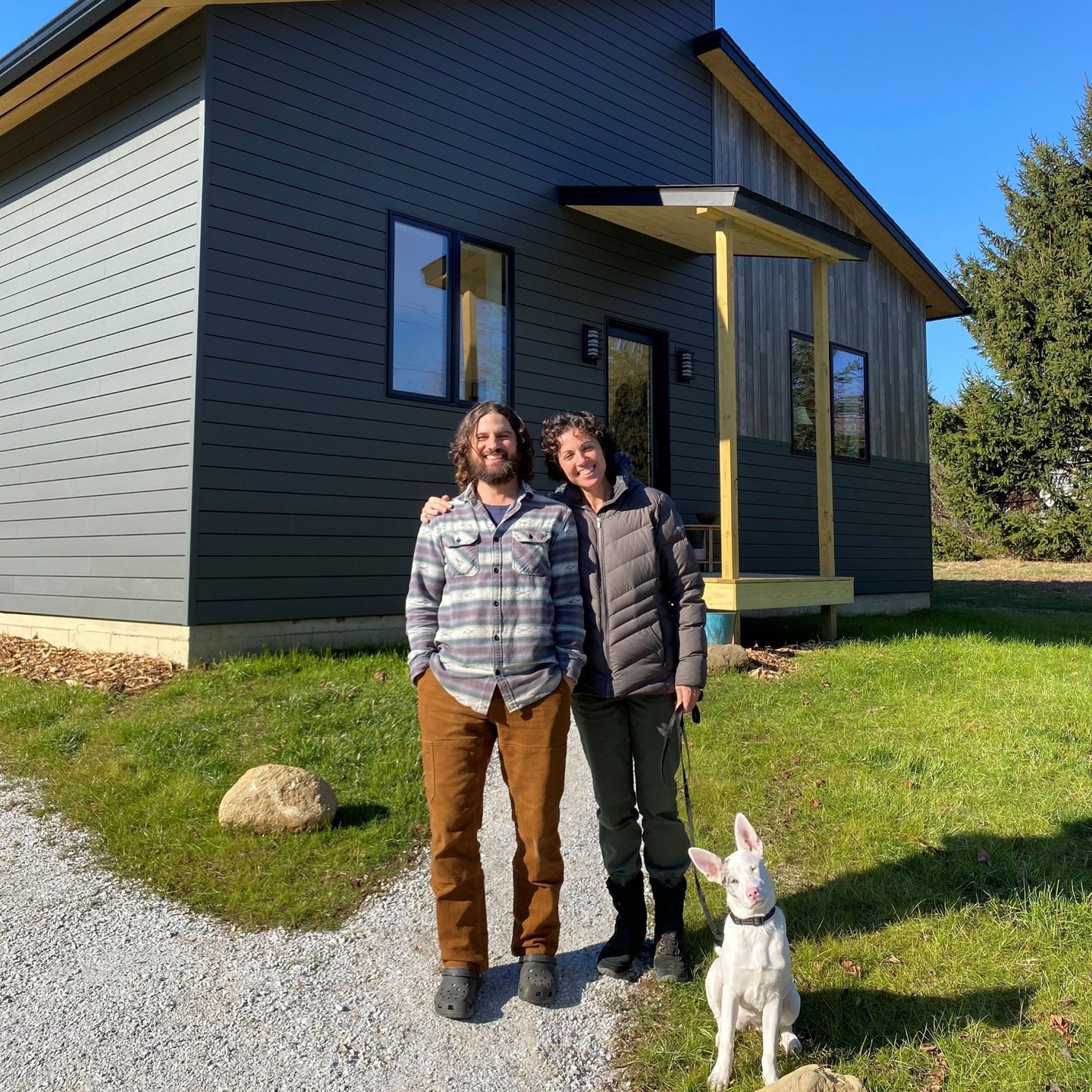
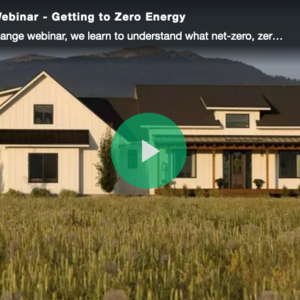
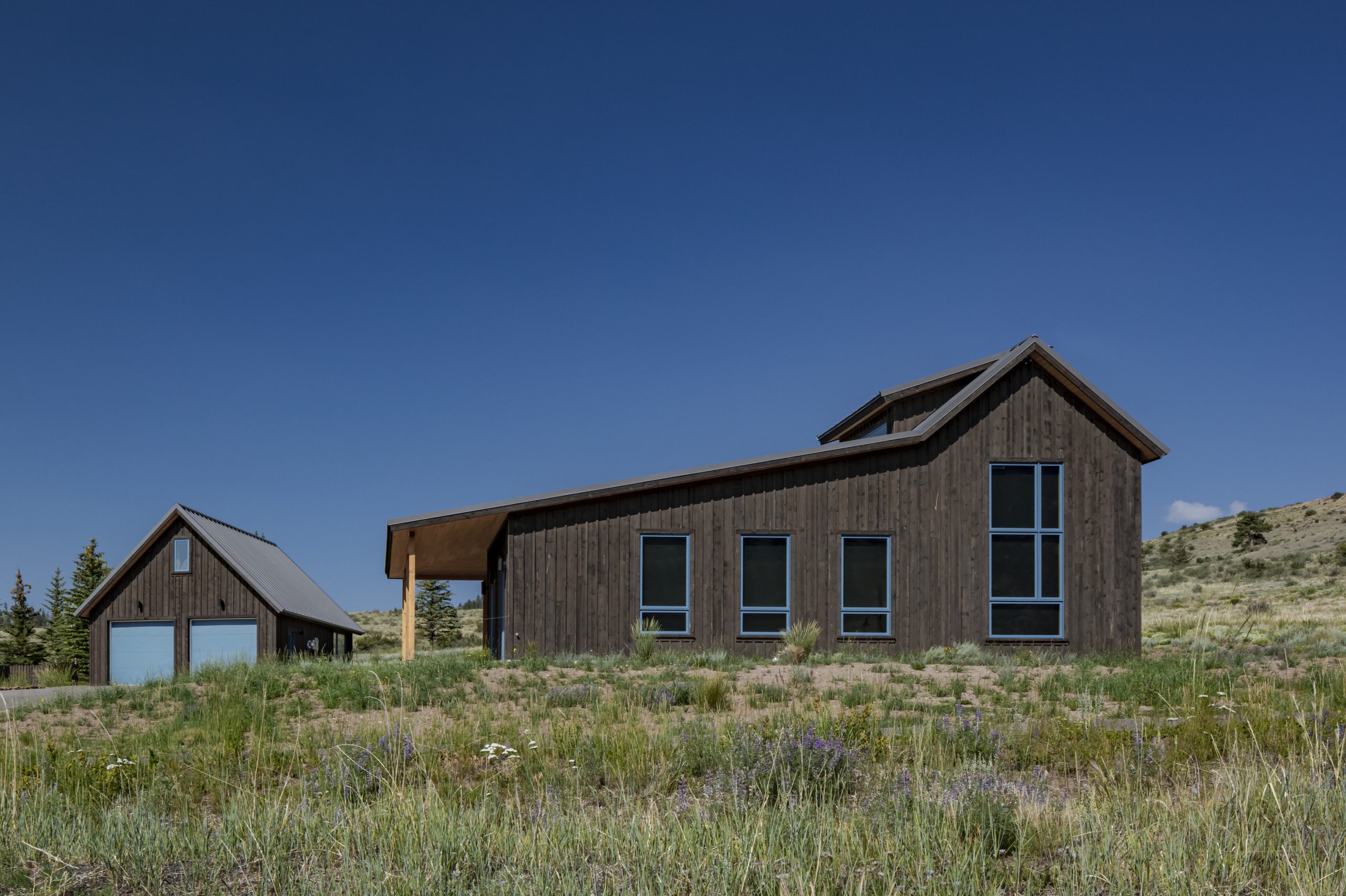

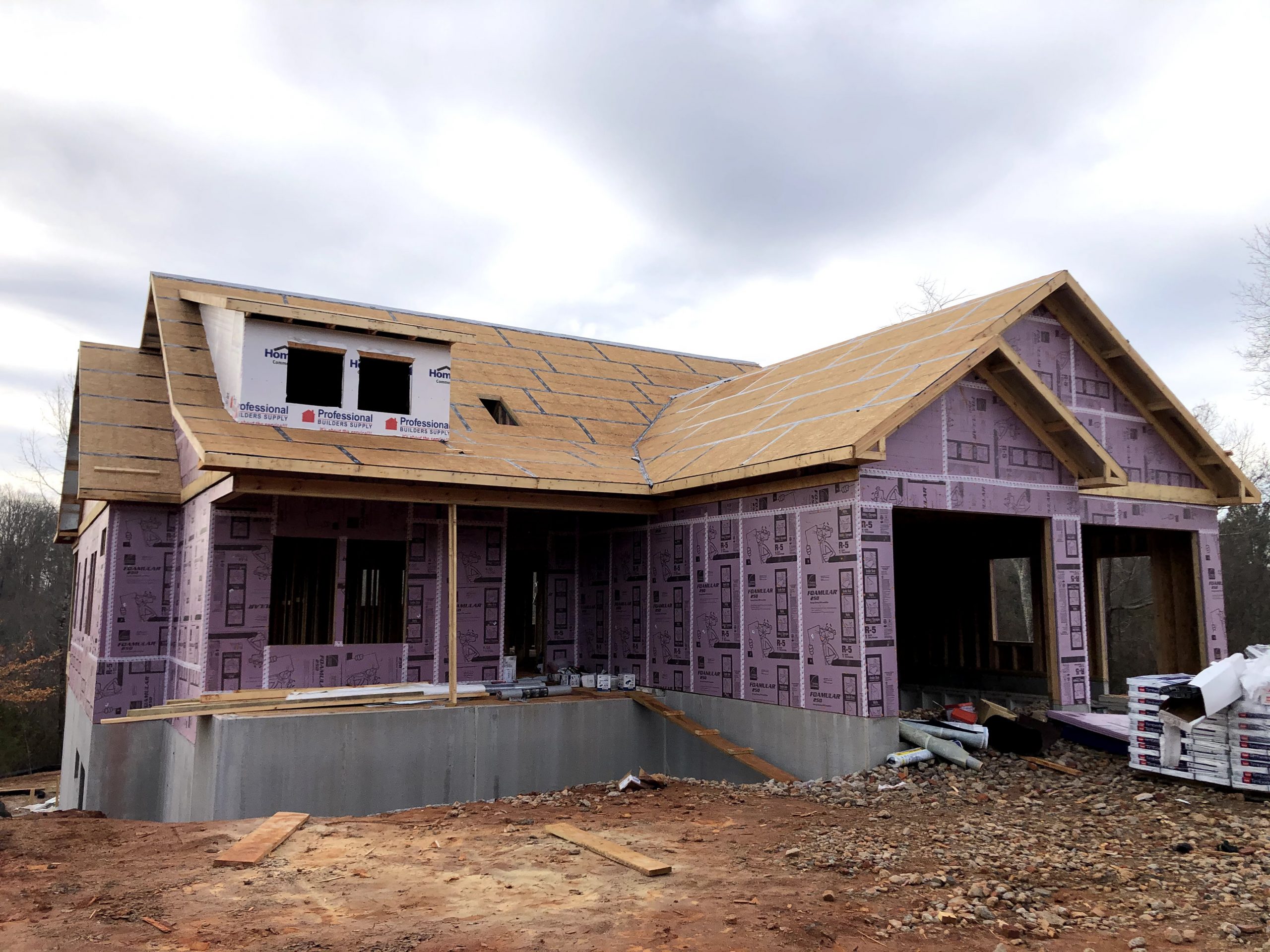
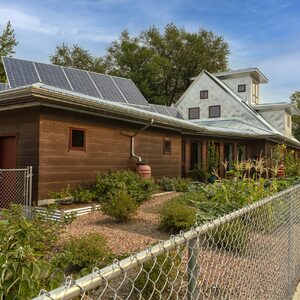


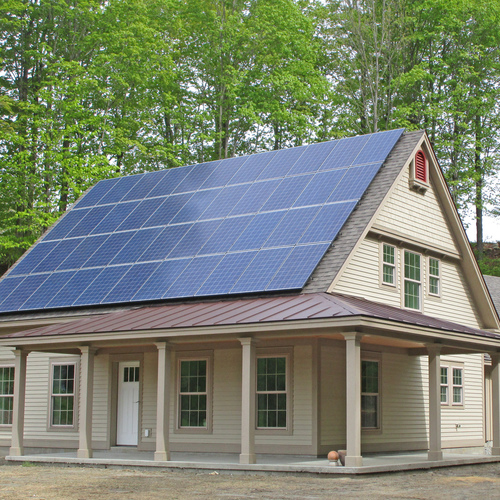






17 Comments
there is an optimal pitch for every roof - yes
equal to the home’s geographic latitude - maybe (probably) not
Setting the pitch of a south facing roof to the geographic latitude will give an optimum angle at solar noon on the equinoxes, and will balance the power available at solar noon on the solstices (the panels will have the same loss of efficiency due to insolation angle on the summer solstice as on the winter solstice).
But this neglects the difference in length of day between summer and winter, and also neglects weather patterns (probability of clear days in summer vs. winter).
In my location (southeastern Michigan), building my roof to match my latitude would have had me building a 12/12 roof (42 degrees north). Building an 8/12 roof not only gave me a more friendly roof pitch for construction and maintenance, but also provided me with greater amounts of PV energy over the course of the year. Since we get way more cloud cover in winter than summer, it makes sense to give up some efficiency in December/January in favor of better performance in June/July.
Sometime with the PVWatts calculator can quickly identify an optimium pitch for a given location, as well as provide a calculation as to how much energy is given up by going away from the angle of latitude when selecting roof pitch.
The goal is important here too. If the goal is maximum energy over the course of a year, that will give one solution. If the goal is to provide a enough power to get through a day in the winter, that will give a different solution.
I would agree with Jonathan on this. I’m at 50*N in zone 7. There is very little production here in the months of December and January due to the very low sun angle, the shortened hours of daylight, clouds and snow cover. I put a 9/12 pitch on my detached garage facing due south. My production is negligible in those 2 months for the reason stated and that is with trying to remove the snow from the array somewhat regularily .
We are rural, so had enough space to be able to orient my building and roof that would give me the best compromise between production,” buildability “, and array installation. That doesn’t happen in urban areas where lots are small and restrictive.
The problem with the concept of net zero over the year is that if we all did it, we end up with a big surplus in summer and a big shortfall in winter. In my all electric, pretty good house, I use a lot more electricity in winter. I'm personally happy with my net metering arrangement. But it's not a viable concept if everyone has it. While I'm not a fan of Central Maine Power, my transmission and distribution utility, I have to concede that it'd go out of business if all of its customers had rooftop solar and net metering.
Take the article out of the GBA pro section so I can get clients and potential clients and builders (who should have a subscription anyway) to read it?
Any article that suggests "reversing the trajectory of climate change" simply cannot be taken seriously. Even if we (the developed world) completely stopped emitting carbon the world will continue to warm. You could slow it, but there is no reversing it short of advocating the extinction of the human race. There are also zero citations. Building and supplies account for 39% of global emissions? Come on. This is getting just laughable, completely useless nonsense dogma aimed to get the juices flowing in the alarmist/hysteric community.
https://architecture2030.org/why-the-building-sector/
Then do it for the higher quality building, better durability, more resilient, more comfortable home with higher indoor air quality. I'm sorry if this results in less operational and embodied carbon, but you may just have to plug your nose and do it anyways.
I'd love to hear more regarding the comment above, "For new homes, designing for PV is a no-brainer, says architect Paul Lukez." Ok, how does one best design a new home with the expectation that PV will some day be used if not immediately?
Daniel: For a new house, it's usually simple to orient it so you have a south facing roof without penetrations so you could maximize the number of panels. And running conduit from the roof to a location inside where you'd put the inverter simplifies later installation.
Thanks Stephen. There seems to be an assumption that roof installation is best. If one has the space, is there a problem putting the panels on the ground?
The two biggest negatives to ground mount are that it costs more and takes up space. Otherwise, mounting on the ground is fine.
But the two biggest negatives to roof mount are that eventually you will need to re-shingle your roof (and if it's metal roofing, it generates a tremendous amount of heat, which is not good for solar production). And second, it's much more difficult to keep the solar panels clear of snow in the winter. I would always ground mount if I had the space.
Some also prefer standing seam which allows easy mounting without penetration.
Perhaps planning for solar happens in the electric panel design as well.
Hey Daniel,
As others are pointing out, planning for the actual PV array with the right roof orientation (or ground location), installing conduit when it is easy to do so, making sure there is ample space for the necessary inverter and other equipment that is often installed near the meter is part of the picture.
More fundamentally, in the article Paul was talking about using the solar panels to reach net-zero-energy. To that end, designing a home with the expectation that PV will eventually be installed means modeling and minimizing energy loads first. Otherwise, you won't know what size system to plan for, and you may not be taking the most cost-effective route to zero.
Daniel,
Maintenance, orientation and adjustment are a lot easier on a ground mounted system.
The disadvantages are that you have to provide a sloped mounting system with foundations, (which the roof already does), and that they invariably look awful. I've noticed many ground mounted systems have started to incorporate some other function - like a carport - to try and deal with these issues.
"Maintenance, orientation and adjustment are a lot easier on a ground mounted system."
x2
As far as I'm concerned, this whole "net zero" concept is a bunch of hooey.
Design your house the way you want to use it. Calculate your energy use. Assuming you go all electric, then you need to source that amount of electricity. Oh, so you decide to generate your own electricity with solar panels. Amount needed = amount to be used. Simple calculation. Install suitable amount of solar equipment to capture electricity needed. Storage is the real issue, in fact, practically impossible unless you also connect to the grid for certain times of the year. Voila, "net zero".
Log in or become a member to post a comment.
Sign up Log in